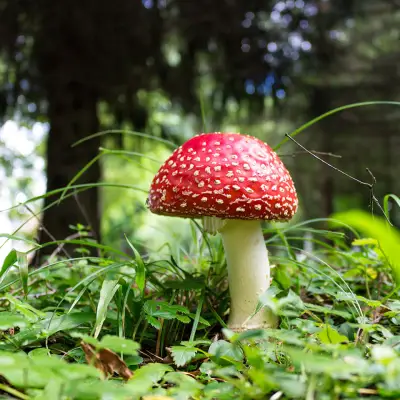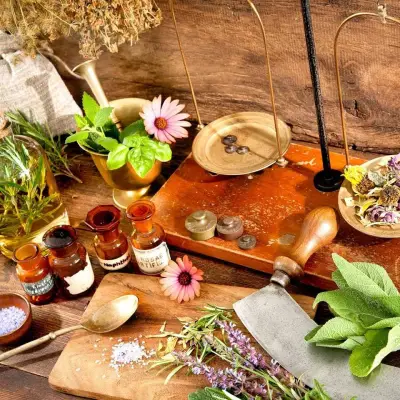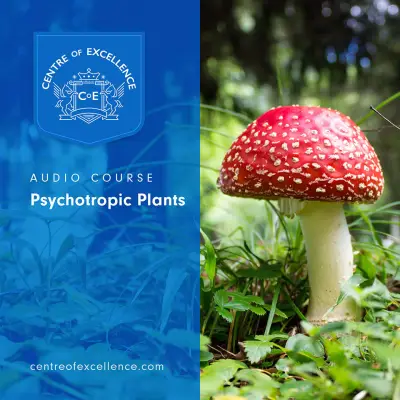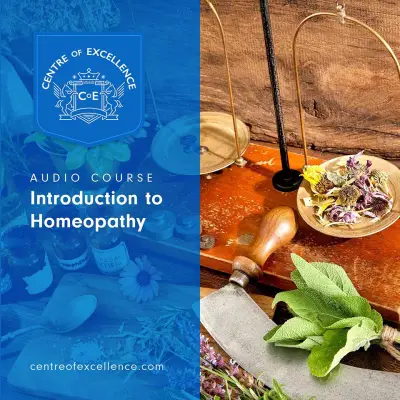Many people come across horse chestnut tree extract while looking for natural ways to ease swollen legs, improve circulation, or manage conditions like varicose veins and haemorrhoids. This guide explores the uses, benefits, and potential side effects of horse chestnut, so you can decide if it’s a good fit for your health routine.
This article is for informational purposes only and is not a substitute for professional medical advice, diagnosis, or treatment. Always consult with your GP or a qualified healthcare professional before starting any new herbal remedies, especially if you are pregnant, breastfeeding, taking medication, or managing a health condition.
Jump to:
- What is Horse Chestnut Tree Extract?
- The Benefits of Horse Chestnut Tree Extract
- What Types of Horse Chestnut Tree Extract Can You Take?
- How Much Horse Chestnut Tree Extract Should You Take, and When?
- The Best Time to Take Horse Chestnut Tree Extract
- What Are the Side Effects of Horse Chestnut Tree Extract?
- Who Should Avoid Horse Chestnut Tree Extract?
- Is Horse Chestnut Tree Extract Safe for Long-Term Use?
- Frequently Asked Questions About Horse Chestnut Tree Extract
- Study Our Master Herbalist Diploma for £29
Recommended for you!
Best SellersWhat is Horse Chestnut Tree Extract?
Horse chestnut (Aesculus hippocastanum) is a large, show-stopping tree found in parks across Europe. The glossy brown seeds, often collected by children for their conker games, contain powerful plant chemicals. Modern supplements usually focus on the seed, producing a standardised horse chestnut seed extract that provides a group of saponins called aescin (sometimes spelled escin).
Raw seeds, leaves, flowers and bark contain esculin, a toxin. Quality-controlled extracts have this substance removed, making them far safer for human use. Most horse chestnut supplements are capsules or tablets delivering around 50 mg aescin per dose. Creams and gels are also popular for tired, aching legs.
The Benefits of Horse Chestnut Tree Extract
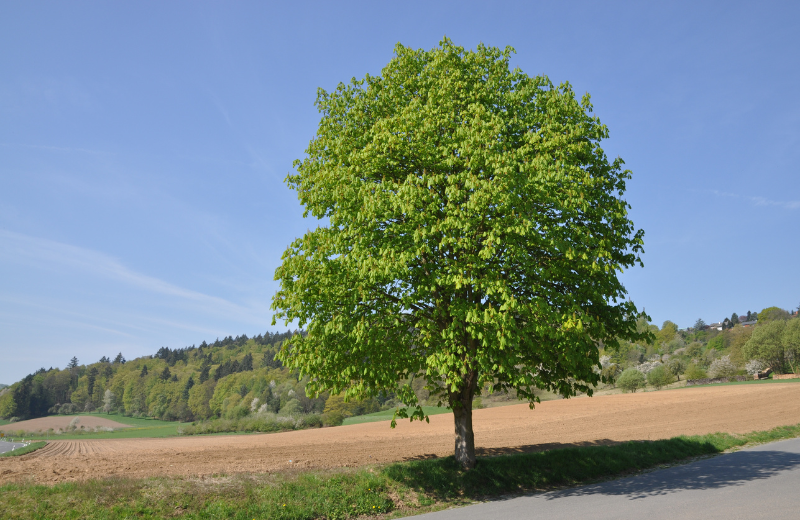
Horse chestnut tree extract has gained recognition in both traditional and modern herbal medicine for its circulation-supporting and anti-inflammatory properties. Let’s take a look at its most well-known benefits.
1. Healthy Veins and Better Circulation
Horse chestnut seed extract is particularly valued for supporting vascular health. It contains a compound called aescin, which helps strengthen vein walls, reduce leakage, and improve blood flow. This makes it especially helpful for those dealing with heavy or swollen legs, varicose veins, and chronic venous insufficiency.
Research has shown that taking a standardised extract can relieve discomfort and swelling, with some studies showing effects similar to compression therapy. Regular use may help promote lighter, more energised legs and improved daily comfort.
2. Haemorrhoid Relief
Haemorrhoids are essentially swollen veins, and since horse chestnut is so well-regarded for vein support, it’s no surprise that it’s often used for this purpose too. The extract may help reduce inflammation and swelling in the anal area, easing the discomfort and itching associated with haemorrhoids.
Many topical creams and oral supplements designed for piles include horse chestnut as a key ingredient, thanks to its ability to soothe irritation and encourage normal circulation in the affected area.
3. Anti-Inflammatory & Antioxidant Activity
One of the core reasons horse chestnut is used in so many natural products is its anti-inflammatory effect. Aescin has been found to reduce inflammation by limiting the leakage of fluid into tissues and protecting against oxidative stress. These properties make it useful for joint aches, sprains, or bruises, as well as for calming redness in the skin.
It’s also used in various skincare products to help soothe puffiness, reduce irritation, and promote an even skin tone. Its antioxidant profile supports skin resilience and healing.
4. Male Health Support
Though research is still emerging, horse chestnut is sometimes used to support male reproductive health. It may be beneficial in cases of varicocele, a condition involving enlarged veins in the scrotum that can affect fertility.
By improving circulation in this area, horse chestnut may help reduce pressure and support testicular health. Some suggest that this improved blood flow might indirectly support hormone balance, although more evidence is needed to confirm any effect on testosterone or prostate health.
5. Other Uses
Beyond its more established applications, horse chestnut has a wide range of traditional and emerging uses. It’s sometimes included in herbal blends for restless legs, leg ulcers, and skin conditions such as eczema. Its circulation-boosting and anti-inflammatory properties make it an attractive ingredient in formulas aimed at easing discomfort, promoting healing, and supporting general vascular health.
Some people also turn to horse chestnut extract to help with water retention, night cramps, and overall leg fatigue after long periods of standing or sitting.
What Types of Horse Chestnut Tree Extract Can You Take?
Horse chestnut tree extract is available in a variety of formats, each suited to different health goals and preferences:
- Capsules and Tablets: These are among the most popular ways to take horse chestnut extract, offering consistent, measurable doses of aescin, the active compound. Capsules are easy to swallow and ideal for supporting circulation, treating varicose veins, and relieving heavy legs over time.
- Creams and Gels: Topical applications are perfect for targeting localised issues like tired legs, bruises, or external haemorrhoids. These creams often include additional cooling or anti-inflammatory ingredients and are massaged directly into the skin. They work well for anyone looking for fast relief and external soothing.
- Liquid Extracts and Tinctures: Horse chestnut tinctures provide a concentrated dose in liquid form and can be taken in small amounts, diluted in water. This method is popular with herbalists and those wanting fast absorption. It's especially helpful when a more personalised or quickly absorbed form is needed, such as for circulation support or male reproductive health. Learn how to make your own herbal tinctures.
- Powders: Less common than other forms, horse chestnut powder can be blended into skincare products, poultices, or teas, though internal use of powdered raw seed should be avoided unless it’s specifically marked as safe and esculin-free. This format is mainly used in traditional herbal preparation.
- Syrups: Horse chestnut syrups may combine the extract with other herbs and are typically used for vein and vascular support. They offer a gentler option for those who dislike swallowing capsules, though they are less widely available.
- Suppositories: Though niche, horse chestnut suppositories are sometimes used in the management of haemorrhoids. This format delivers the extract directly to the area where support is needed.
- Combination Products: You’ll often find horse chestnut combined with other herbs such as butcher’s broom, witch hazel, or gotu kola for enhanced circulation support. These products are available in both oral and topical forms and may be helpful if you’re looking for a broader herbal approach to vein or skin health.
How Much Horse Chestnut Tree Extract Should You Take, and When?
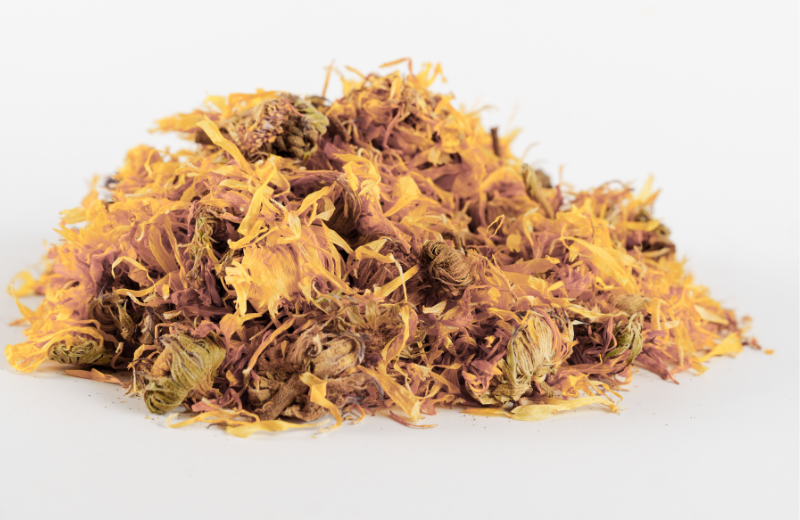
The ideal dose of horse chestnut tree extract depends on the form you’re using, the reason for taking it, and the strength of the preparation. Always choose products that are standardised and esculin-free, and follow label instructions carefully. Here are typical guidelines:
- Capsules/Tablets: The most commonly recommended dose is 300–600 mg of standardised extract per day, often split into two doses. This usually provides around 100–150 mg of aescin daily, which is the active compound responsible for its effects. Take with food to reduce the chance of stomach upset.
- Creams/Gels: Apply a thin layer to the affected area (legs, veins, or piles) 1–3 times daily. Massage gently until absorbed. These are best used for local issues like tired legs, bruises, or external haemorrhoids.
- Tinctures: When using a liquid extract, the typical amount is 1–2 ml (20–40 drops) diluted in a little water, once or twice daily.
- Powdered Extract: Powdered forms should only be used if clearly labelled as safe for internal use. A starting dose is 250–500 mg once or twice daily, mixed into water or juice. Monitor your body’s response and avoid raw, unprocessed powder.
- Suppositories: For haemorrhoid relief, insert one suppository as directed, usually once in the evening.
The Best Time to Take Horse Chestnut Tree Extract
Horse chestnut extract is usually best taken with meals, particularly breakfast and dinner, to support digestion and prevent nausea. Splitting the dose across the day helps maintain steady levels of aescin in the body.
For circulation or varicose vein support, it’s ideal to take it consistently each day, with food and water. If using horse chestnut cream, apply it in the morning and again in the evening, especially if your legs feel tired after long periods of standing or walking.
When using it for haemorrhoid relief, both oral supplements and creams can be taken after bowel movements and before bedtime, offering soothing effects overnight.
What Are the Side Effects of Horse Chestnut Tree Extract?
Common side effects of horse chestnut tree extract are usually mild and occur more often when it’s taken in large doses or used for extended periods. Most people respond well to standardised, esculin-free products when used as directed. However, in some cases, people may experience:
- Digestive discomfort, such as nausea, stomach cramps, or mild diarrhoea
- Headache or a feeling of light-headedness
- Mild skin irritation when applied topically
- Increased risk of bruising or bleeding, especially if taken with blood-thinning medication
- Liver or kidney strain from unprocessed or poorly prepared extracts
Horse chestnut contains aescin, which helps reduce inflammation and strengthen blood vessel walls. While this is beneficial, it can also interfere with how your body processes certain medications, particularly those that affect blood clotting or circulation. To avoid this, it’s best to take horse chestnut supplements at least one to two hours apart from any prescribed medicines. Starting with a low dose and gradually increasing it can also help reduce the chance of side effects.
Who Should Avoid Horse Chestnut Tree Extract?
Pregnant and breastfeeding women are generally advised to avoid horse chestnut tree extract unless recommended by a qualified healthcare provider. Although the extract is usually well tolerated, there isn’t enough safety data to support its use during pregnancy or while nursing.
People with liver or kidney conditions should also take caution, as horse chestnut may place extra strain on these organs, especially if the product is not properly processed. Similarly, anyone taking anticoagulants, antiplatelets, or non-steroidal anti-inflammatory drugs (NSAIDs) should speak to a doctor before using horse chestnut extract, due to the potential for increased bleeding risk.
Those with upcoming surgery should avoid horse chestnut in the two weeks before the procedure, as it may interact with anaesthesia or medications given during recovery. Anyone with known allergies to horse chestnut or related tree nuts should also be cautious, particularly when using topical forms, as localised reactions like itching or redness may occur.
Is Horse Chestnut Tree Extract Safe for Long-Term Use?
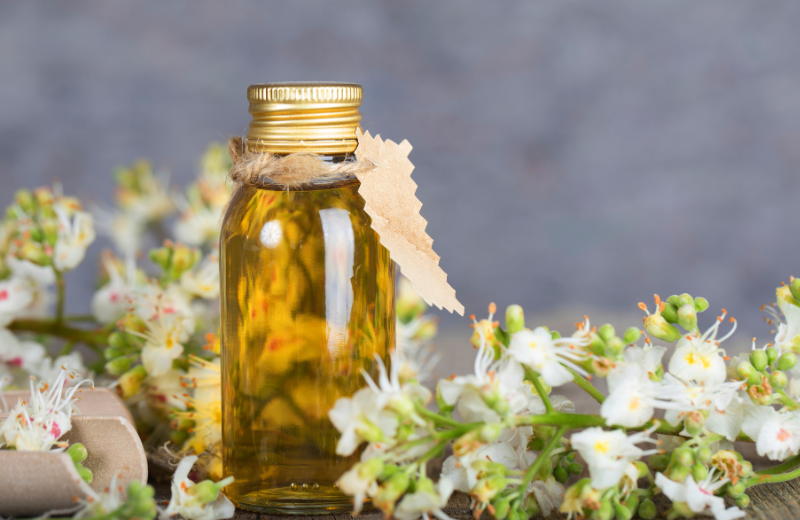
Horse chestnut extract is considered safe for most healthy adults when used appropriately for a short to medium duration. However, its long-term safety has not been extensively studied, so daily use over many months should be approached with care.
To reduce the chance of side effects and maintain effectiveness, some people choose to take horse chestnut in cycles—for example, using it consistently for up to 12 weeks followed by a short break. This approach allows the body to reset and may help preserve the extract’s benefits over time.
As with any herbal supplement, it’s important to pay attention to how your body responds. If you experience new or unexpected symptoms, or if you have an existing health condition, it’s best to speak with a healthcare professional before continuing long-term use.
Frequently Asked Questions About Horse Chestnut Tree Extract
Is horse chestnut safe for the liver?
Standardised supplements rarely harm the liver, but high doses or raw seeds can. If you already have liver problems, choose another remedy.
Does horse chestnut raise blood pressure?
There’s no evidence that boorse chestnut increases blood pressure; in fact, better venous tone may ease pressure in the legs while keeping systemic blood pressure unchanged. It’s generally considered safe for those managing blood pressure, but check with a healthcare provider if unsure.
Is horse chestnut good for erectile dysfunction or men’s health?
Horse chestnut is promising for men with a varicocele and related fertility issues, yet it’s not a replacement for conventional ED therapies. It may offer indirect support for men’s reproductive health, but more evidence is needed.
What does horse chestnut do for hair?
Topical formulas use horse chestnut to encourage healthy scalp circulation and add shine, but evidence is largely anecdotal. Some shampoos include it for its potential to strengthen hair follicles and enhance appearance.
How long does it take for horse chestnut extract to work?
Leg swelling and discomfort often improve within two to four weeks; haemorrhoids may settle faster when you combine capsules with a cream. Consistent use is key, as the extract tends to work gradually over time.
Is horse chestnut an antibiotic?
Horse chestnut is anti-inflammatory and venotonic, not antibacterial. It doesn't treat infections but may support vascular health and inflammation control.
Is horse chestnut good for the prostate?
Indirectly, by supporting pelvic circulation, but research is preliminary. Horse chestnut is not a direct treatment for prostate conditions but could complement a broader approach.
Does horse chestnut cause wrinkles?
Quite the opposite—many skincare products tout horse chestnut for its antioxidant effects that may reduce fine lines. It may also help firm and tone the skin thanks to its anti-inflammatory compounds.
Is horse chestnut good for your skin?
Yes, especially in creams aiming to calm redness and strengthen capillaries. Its soothing properties are often used in natural skincare to improve skin tone and texture.
Can horse chestnut cause bleeding?
Horse chestnut can increase bleeding risk if combined with certain medicines, because aescin may thin the blood slightly. People with bleeding disorders or on anticoagulants should be especially careful.
Is horse chestnut good for blood circulation?
Improved venous return in the legs is horse chestnut’s most researched benefit. It’s commonly used to ease discomfort caused by sluggish circulation and blood pooling.
Recommended for you!
Best SellersStudy Our Master Herbalist Diploma for £29
If you’ve found yourself fascinated by the potential of horse chestnut and other natural remedies, why not deepen your understanding? Whether you're a beginner or looking to expand your knowledge, Centre of Excellence offers a comprehensive Master Herbalist Diploma Course, designed for people of all levels.
The course covers everything from herb identification and preparation to building herbal blends for specific emotional and physical needs. Follow the link to access the course for just £29!

